The Dark Pictures Anthology: Little Hope Review


Developer Supermassive Games is back with the eagerly anticipated second installation of The Dark Pictures Anthology, Little Hope.
Some years ago, my closest friends and I made the decision to play through Until Dawn as a group. Despite Until Dawn being a single-player game, we all felt that the opportunity to engage (and have the life scared out of us) with an interactive horror film was just too good to pass up. It was great, terrifying and clearly the folks at Supermassive Games were paying attention.
If you’ve already played the anthology’s first entry, Man of Medan, then you’ll know that with these shorter, episodic style games, Supermassive intends for these titles to be enjoyed amongst friends, and Little Hope is no different.
Ditching the ocean backdrop of Man of Medan, Little Hope sets itself squarely inland, telling a tale of rural America that transcends three different time periods: the 1600s, the 1970s and the present day. It might sound a bit daunting, but Supermassive has enlisted the talents of Hollywood star Will Poulter to guide us through it all as the game’s main character, Andrew.
Related: Best PS4 Games
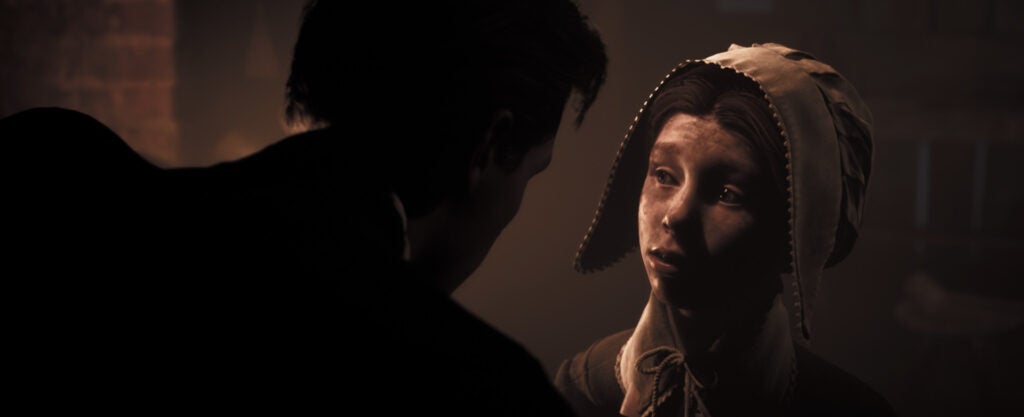
Little Hope begins with a scene of domestic unbalance in the 1970s, as two parents argue while their four children avoid the chaos as best they can. It all takes a rather dark turn when the kitchen stove catches on fire, engulfing the house and claiming several lives in the process. Flash forward to the present day and at the scene of a bus crash, five survivors who look identical to the family claimed by the house fire, decide to venture into the nearby town of Little Hope for help.
Andrew and his fellow survivors discover quite quickly that the thick fog surrounding Little Hope now prevents them from leaving, forcing them to endure whatever Little Hope has in store for them. What ensues is a story of struggling against one’s own demons, both literally and figuratively as the game dives headfirst into its own version of the Salem Witch Trials, and how trigger-finger accusations can often target the wrong people.
Little Hope sets itself up fairly well for an interesting story, but unfortunately it doesn’t quite stick the landing with a twist that only raises more questions that it answers. While I am aware that multiple playthroughs are necessary to get the full picture, my first playthrough involved a great deal of clue searching and even resulted in all the main characters surviving the night – an experience that I feel most people will have – but the narrative still came up short in explaining several plot points.
Related: PS5 vs Xbox Series X
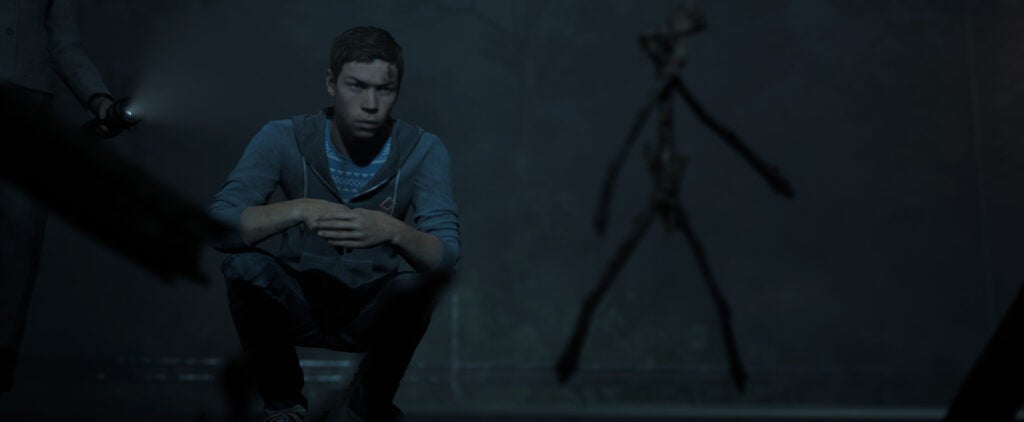
What doesn’t help is that Little Hope has some trouble in dishing out the scares it needs to if it wants audiences on the edge of their seats. Without giving too much away, the monsters of Little Hope, once they are revealed, are shown to be decaying creatures that move at a snail’s pace, but somehow they’re always right behind our main characters whenever a seemingly unnecessary chase scene unfolds.
The fact that these monsters can be dealt with fairly easily in combat just makes them feel like more of a nuisance than a threat. Compare this to the superhuman Wendigos of Until Dawn – they were a force to be reckoned with and were near impossible to defeat.
On top of all this, Little Hope seems fairly determined to throw the same ghostly jump scare at you whenever it can. Sure, it got me the first time, but once you’ve seen it nearly a dozen times, it started to feel as though the characters themselves were beginning to feel the pangs of boredom.
When it comes to gameplay however, Little Hope has made some key changes that will no doubt improve the ease of access for a lot of players. Notably, there is now a signal before a button prompt appears, ensuring that you’re not caught off guard if you’ve decided to put the controller down for a moment.
Related: Cyberpunk 2077
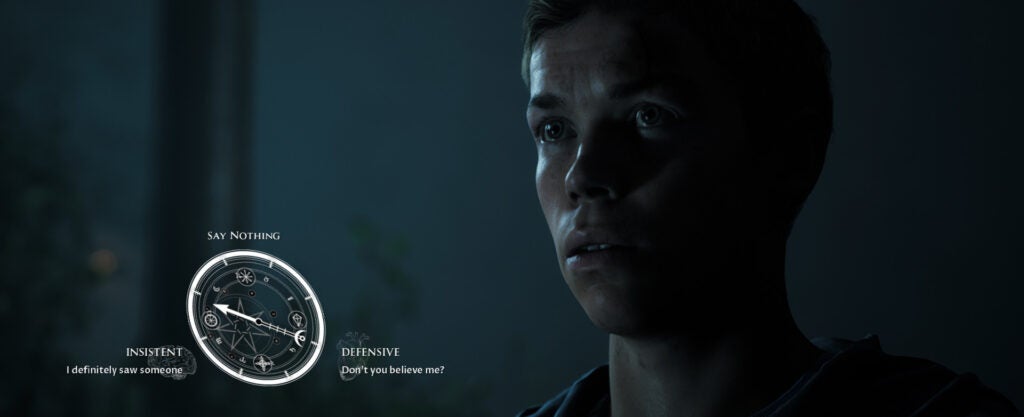
Gone are the infuriating sections that required you to hold the DualShock 4 incredibly still – or as I like to call it, the main cause of death for most of the Until Dawn crew. Instead, Little Hope replaces these segments for a succession of button presses tied to a heartbeat, offering a far more attainable win than before.
Dialogue options are no longer tied to buttons prompts either, with each confirmed decision requiring a long tilt of the analogue stick in a given direction. Not only does this prevent any accidental dialogue trees, but it also gives you a brief moment where you can reconsider your choice against the other options.
While the overall experience is lot easier now – and Little Hope loses the tension that allowed Until Dawn’s QTE events to become part of the horror – I do feel that this makes a lot of sense for a game that’s trying to be an interactive movie. If games like these are ever supposed to attract non-gamers, then the experience needs to be as accessible as possible, and Little Hope does a fine job here.
Still, I do wish that Little Hope had left some of its inspirations at the door. I’m well aware that the horror genre isn’t exactly a shining beacon when it comes to nuanced dialogue, but there are some moments in Little Hope that should have come with an emergency box labelled ‘Palm – Insert face here’.
Related: Miles Morales
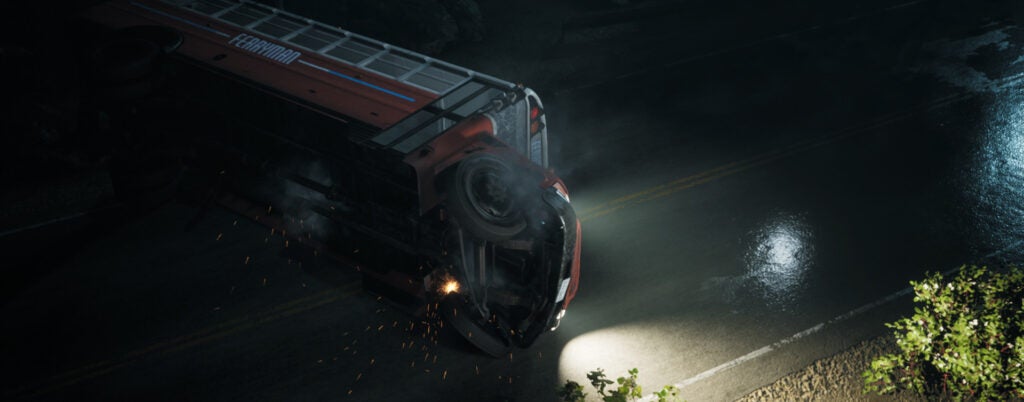
The worst of it happens near the start of the game, following Andrew’s first glimpse into the past, where he seems bemused by the local accents of the 1600s. To anyone living in the UK, the settlers featured in these flashbacks have an obvious (if slightly dated) northern accent, but Andrew responds with the line “are they even American?” – just incredible stuff.
What can’t be taken away from Little Hope is the technology used for creating lifelike facial features and realistic motion capture. Until Dawn blew me away with its graphics but now Little Hope looks even better. At the rate this technology is improving, it isn’t too hard to imagine it getting to a point where you’ll forget that you’re even playing a game. It’s just a shame that there are a few visual and audio glitches peppered through Little Hope that undermine the industry-leading character designs.
As previously mentioned, the entirety of Little Hope’s story can be played in either local multiplayer or online – the latter of which is particularly handy at a time when it’s difficult to meet up with friends and family. For local multiplayer, participants get to choose with characters they’ll take under their wing, and then it’s a case of passing the controller around once one of your characters steps into the limelight.
It’s a fun way to enjoy the game, as it allows people to behave in the way that’s true to their own personalities, creating unique interpersonal relationships within Little Hope.
Related: Xbox Game Pass
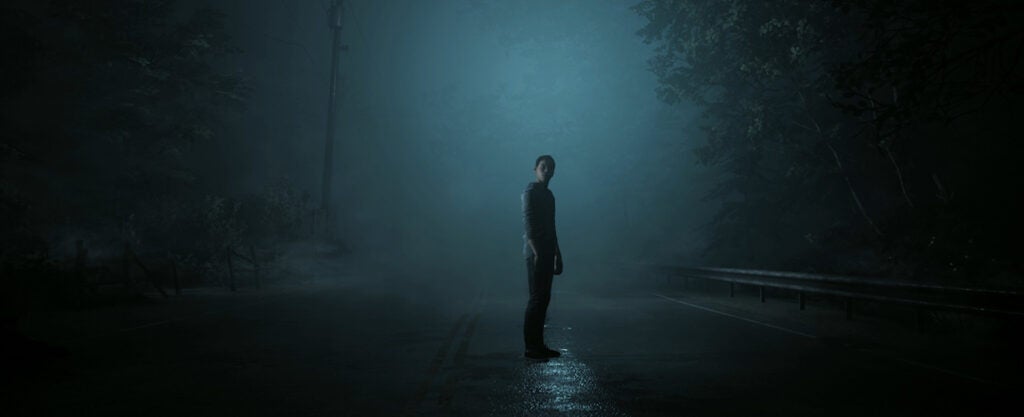
Verdict
Over the course of its 5/6 hour campaign, I enjoyed my visit to the town of Little Hope (as much as one can then they’re being pursued by demons), but the game fails to live up to the expectations set by Supermassive Games’ previous masterpiece, Until Dawn.
The game still wows with incredible character visuals and a terrific sense of style, and while there’s enough content here to warrant at least several playthroughs, the story doesn’t quite live up to its high-concept set-up while a few glitches prevent the game from being as polished as it aims to be.
The post The Dark Pictures Anthology: Little Hope Review appeared first on Trusted Reviews.
Source Trusted Reviews

No comments